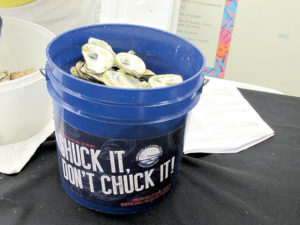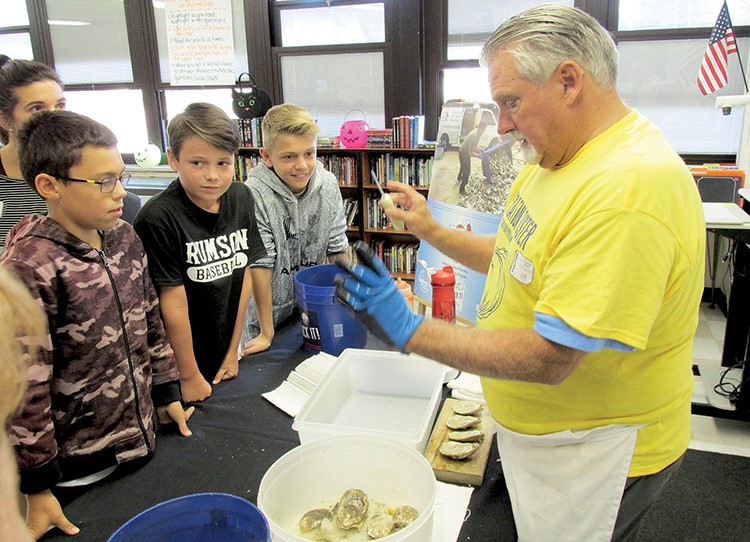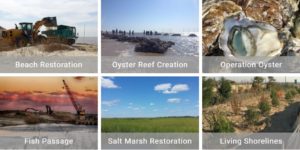Oysters flourished along New Jersey‘s coast and in its estuaries until a deadly combination of over-harvesting, industrial pollution, sewage, and coastal development had reduced them by some 90% by the beginning of the 20th century.
Now, in the Forrestdale School of Rumson, New Jersey, oysters have invaded the elementary classroom on a mission of restoration.
As part of its Operation Oyster program, the American Littoral Society environmental organization partnered with Forrestdale School to incorporate environmental education and restoration advocacy into the school’s curriculum.
The American Littoral Society and other environmental groups have been working aggressively to re-establish oyster beds in area waterways. Oysters work as natural filtration systems, helping remove contaminates from the water. Their beds serve a function, too, acting as a natural tidal break, protecting shorelines, environmentalists have long stressed.
October 12, 2017 was the kick-off day, explained district Superintendent of Schools John Bormann, as educators worked with the environmental group and others to establish an “overall concept” that crosses educational disciplines, and possibly beyond.
The society’s executive director, Tim Dillingham, provided students with an outline of how state environmental legislation gets made into law, and offered instructions on writing to local and state lawmakers to voice support on issues.
 The American Littoral Society is lobbying for state legislation that would encourage oyster shell recycling, using the motto “Shuck It, Don’t Chuck it.” The shells are then used to restore oyster reefs.
The American Littoral Society is lobbying for state legislation that would encourage oyster shell recycling, using the motto “Shuck It, Don’t Chuck it.” The shells are then used to restore oyster reefs.
Operation Oyster is a program of the American Littoral Society that’s working with project partners to run a science-based, educational pilot project in the Navesink and Shrewsbury Rivers, which will investigate the presence of native oysters in the rivers in 2017, and in 2018 will use a “spat on shell” shell bag method to see where oysters might be viably restored to the river.
Elsewhere in New Jersey, power utility PSE&G has tried to restore fish habitat at Thompson’s Marsh by making natural tidal channels within the marsh. The American Littoral Society and Conserve Wildlife Foundation of New Jersey are building on this work to restore a further five acres.
Over time, the creeks created by PSE&G have filled in with mud. These creeks will be dredged to reopen these waterways, and the dredge material will be used to build up the subsiding marsh. This project is designed to restore the “natural mosaic” of the marsh.
All images courtesy of American Littoral Society.


